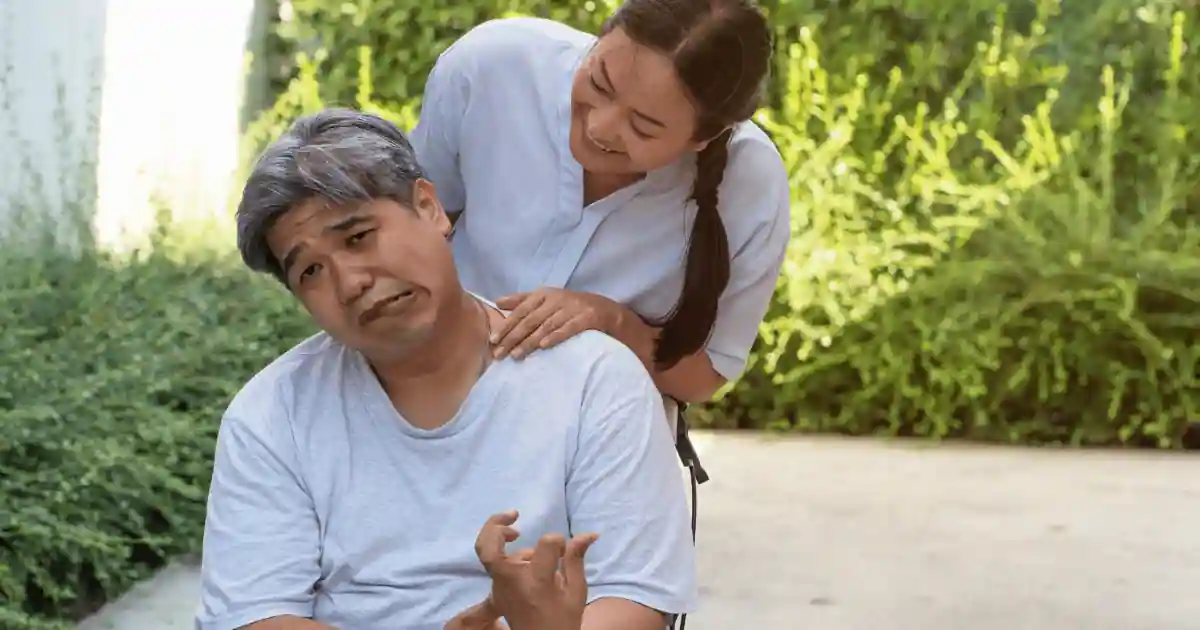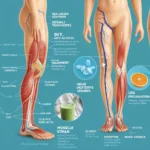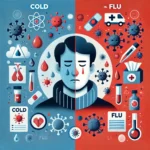Learn how to identify warning signs of a stroke & act swiftly with our guide Identifying the warning signs of a stroke is crucial in preventing long-term disability or even saving a life. A stroke is a life-threatening medical emergency that occurs when blood flow to the brain is disrupted, resulting in the death of brain cells. Given the severity of its impact, recognizing the early signs of a stroke is crucial for seeking timely medical attention. For the general public, understanding and quickly identifying these signs can save lives — possibly your own or that of a loved one. This instructional post is dedicated to demystifying the warning signs of a stroke and equipping you with a clear action plan.
What is a stroke?
A stroke, also known as a cerebrovascular accident (C.V.A.), is a medical condition characterized by the abrupt loss of brain function. It typically occurs when the blood supply to a part of the brain is interrupted or reduced, preventing brain tissue from getting oxygen and nutrients. Strokes can be classified into two major types: ischemic and hemorrhagic. Ischemic strokes are caused by a blockage in an artery leading to the brain, constituting about 87% of all stroke cases. Hemorrhagic strokes, on the other hand, are caused by bleeding into or around the brain. Recognizing a stroke’s type and underlying cause is essential for effective treatment and recovery.
A F.A.S.T method for identifying a stroke
The easiest way to recognize the signs of a stroke is by the acronym F.A.S.T., which stands for:
1. Face Drooping
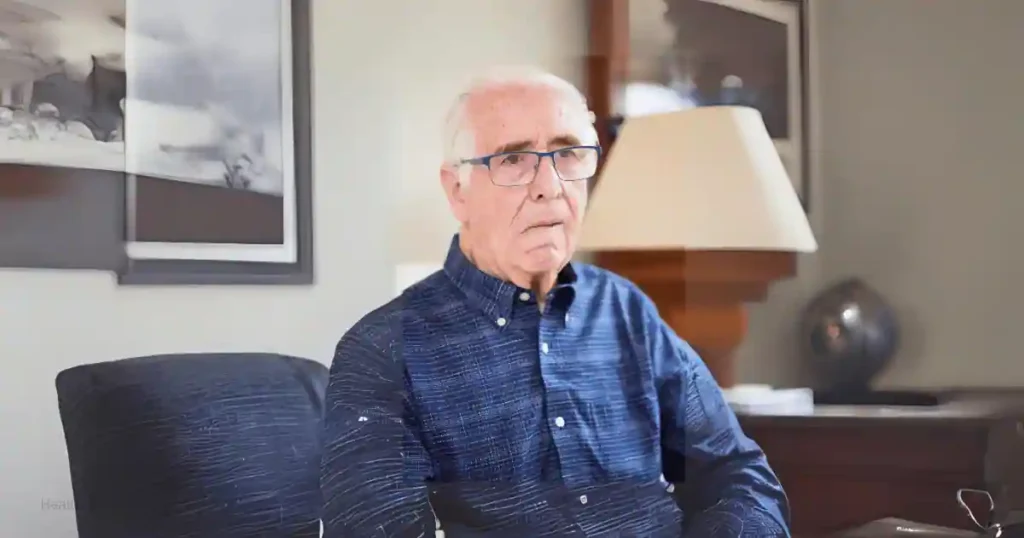
One of the most recognizable signs of a stroke is a sudden droop or numbness on one side of the face. This can affect the individual’s ability to smile, causing their grin to look crooked or twisted.
2. Arm Weakness
Another common sign is sudden weakness or numbness in one or both arms. A person experiencing a stroke may have difficulty lifting both arms or find that one arm drifts downward when they try to raise it.
3. Speech Difficulty
The onset of a stroke can result in slurred speech or difficulty in speaking or understanding others. The affected person may have trouble forming coherent words or sentences.
4. Time to Call 911
The ‘T’ in F.A.S.T. reminds us that acting quickly is crucial. When it comes to stroke treatment, time is of the importance. The faster the individual receives medical care, the better their chances of a positive outcome.
How to Identify the Warning Signs of a Stroke?
Understanding the Warning Signs
It’s essential to recognize that a stroke can present a range of symptoms beyond the F.A.S.T. indicators. Here is a more comprehensive look at the various warning signs:
1. Sudden Weakness or Numbness in the Face or Limbs

It might involve sudden numbness, weakness, or paralysis of the face, arm, or leg, especially on one side of the body. It can manifest as a sudden onset of tingling or a loss of sensation in the extremities.
2. Vision Problems
Seek immediate help if you experience sudden blurred or blackened vision in one or both eyes. Double vision and sudden severe eye pain are also possible indicators.
3. Difficulty Walking

People having a stroke may experience a sudden lack of coordination or balance, dizziness, or unexplained falling.
4. Severe Headache
A sudden, severe headache with no known cause could be a sign of a stroke, especially when it is accompanied by other symptoms such as vomiting, confusion, or altered consciousness.
5. Trouble Speaking and Understanding
Beyond general speech difficulty, individuals may need help understanding language, speaking, and even identifying written words.
6. Loss of Balance and Coordination
Sudden changes in balance, leading to difficulty with walking or standing, can signal a stroke.
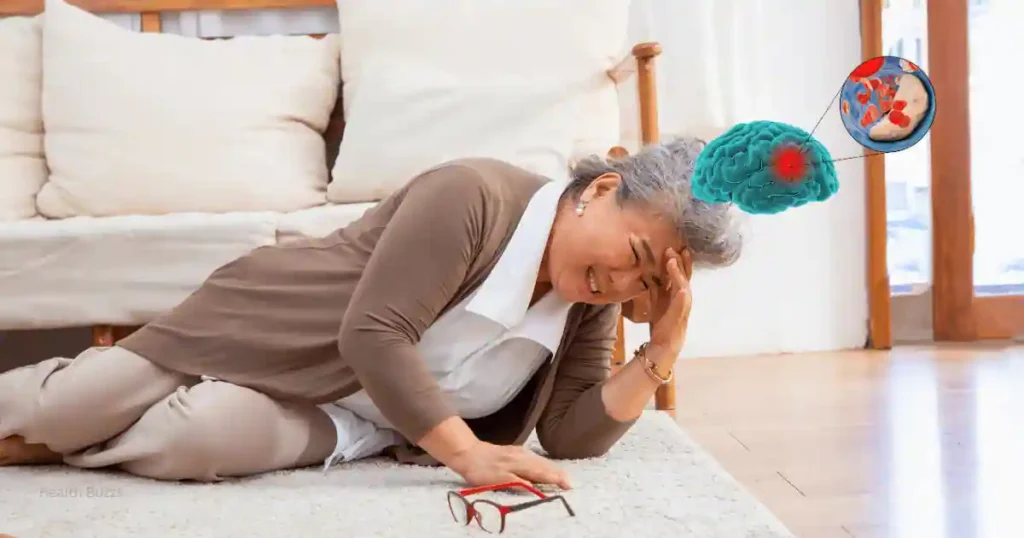
7. Dizziness and Altered Consciousness
Some people may experience a sudden onset of severe dizziness or a feeling that the world is spinning, along with changes in alertness or consciousness.
8. Trouble With Swallowing
Difficulty swallowing, which is also known as dysphagia, can occur during a stroke. It can cause choking or lead to drooling.
9. Emotional Instability
A stroke might affect a person’s emotional state, leading to sudden mood changes, such as unexplained crying or laughing.
The Critical Role of Time in Stroke Treatment
Time is the brain. Each minute a stroke goes untreated, an estimated two million nerve cells die. This is why recognizing the signs of a stroke and acting is critical. The risk of brain damage and impairment increases with the length of time after a stroke that is left untreated.
– The ‘Golden Hour’
The first 60 minutes after the onset of a stroke are often called the ‘Golden Hour.’ During this time, prompt treatment can minimize brain damage and potential complications. Every minute counts and rapid intervention is essential.
– Effectiveness of Treatment
The most effective treatments for acute ischemic stroke are only available if the stroke is recognized and diagnosed within the first few hours after the start of symptoms. These treatments include medication that can dissolve blood clots and restore blood flow to the brain.
Also Read- What are Signs of your First Period-Menstrual Health Awareness Month
What to Do in an Emergency Situation
If you suspect someone is having a stroke, take the following actions:
– Call for Emergency Medical Help
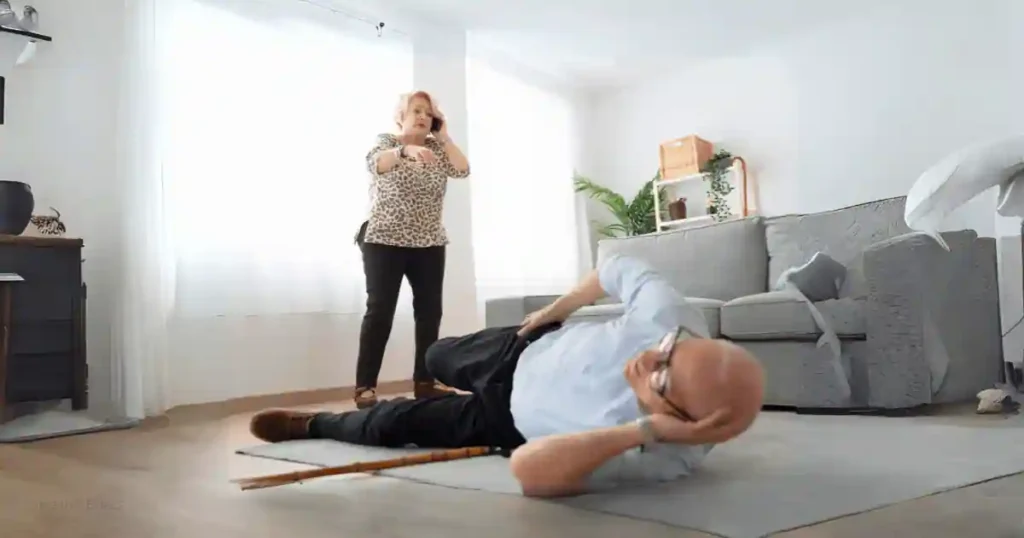
In the United States, dial 911 immediately. Do not wait to see if the symptoms subside.
– Keep Track of Symptoms
Note what time the symptoms started, as this information can be crucial for the person’s medical treatment. Share this detailed information with the medical team upon arrival.
– Care For the Person Until Help Arrives
If safe, stay with the individual until emergency personnel arrive. Keep them calm and comfortable, and help with physical needs, such as sitting down or finding a relaxed position.
– Avoid Giving the Person Anything to Eat or Drink

It is essential, as it can cause choking if the person has difficulty swallowing or could interfere with the medical care they receive after arriving at the hospital.
Also Read- Chewing Tobacco and Mouth Cancer
Conclusion
Understanding the warning signs of a stroke and acting can make the difference between life and death and significantly improve a person’s quality of life following the event. Now equipped with the knowledge provided in this guide, you have a crucial role in promptly seeking medical assistance should you or someone close to you experience the signs of a stroke.
Share this knowledge with your friends, family, and colleagues. Together, we can build a prepared and responsive community in the face of this urgent health crisis.
Remember, every second counts. Take this information seriously, and take action immediately if you suspect a stroke. Your quick action could save a life.
Hi there! I’m content writer and blogger. With over two years of experience, I’ve shared my passion for writing across various platforms. I firmly believe in the transformative power of words and look forward to sharing this journey with you. Enjoy my work!
